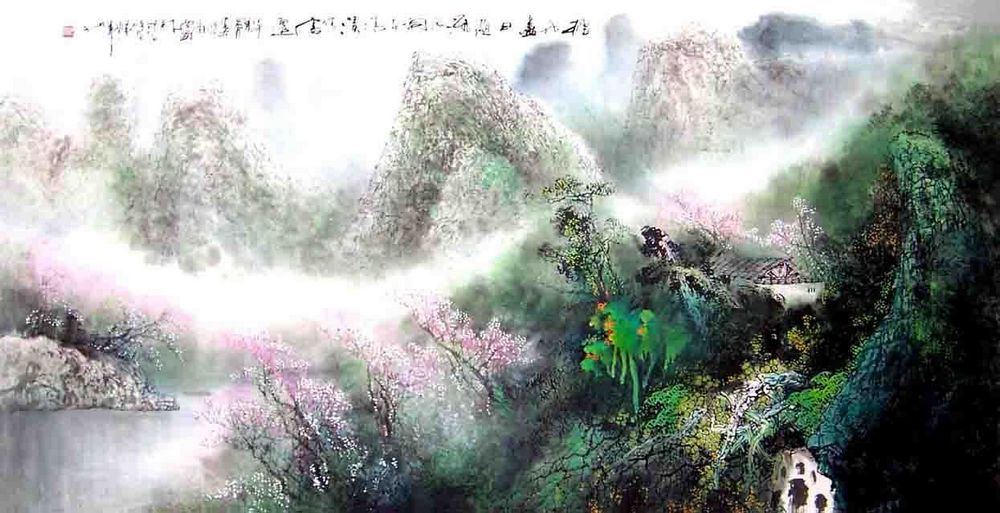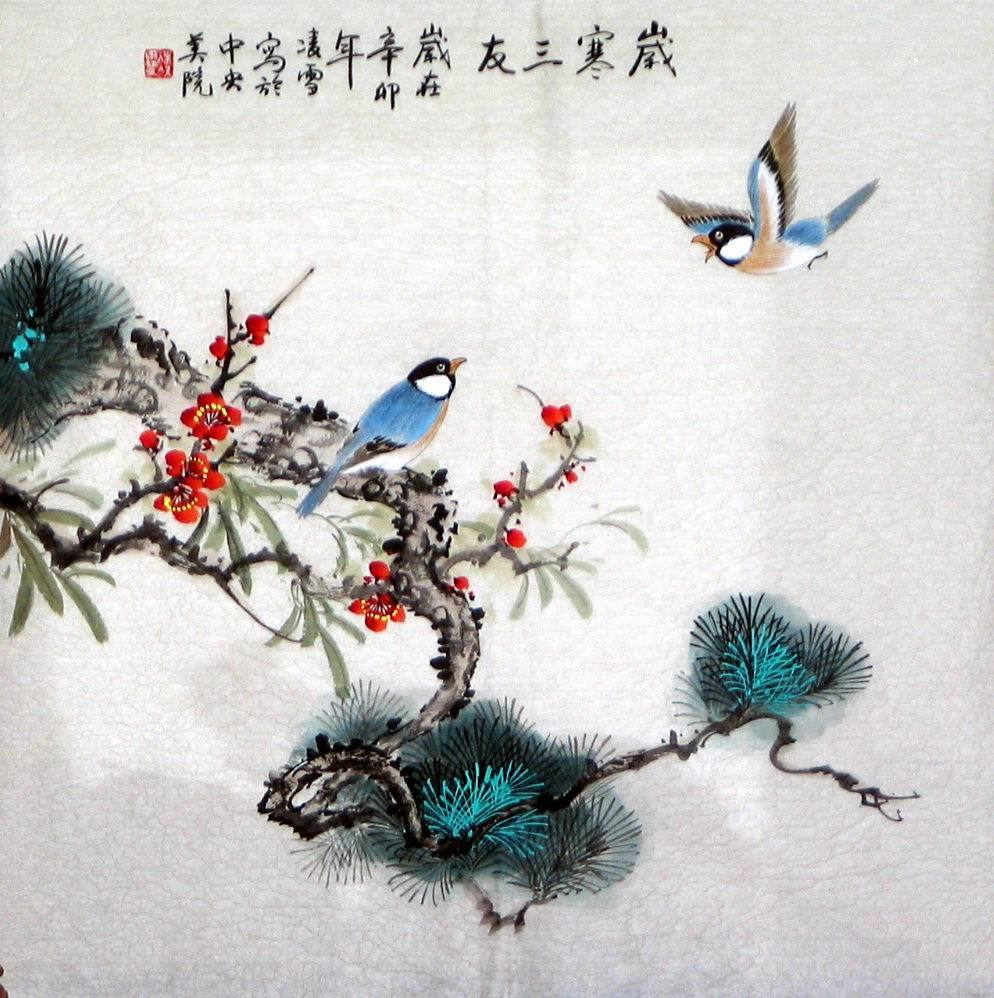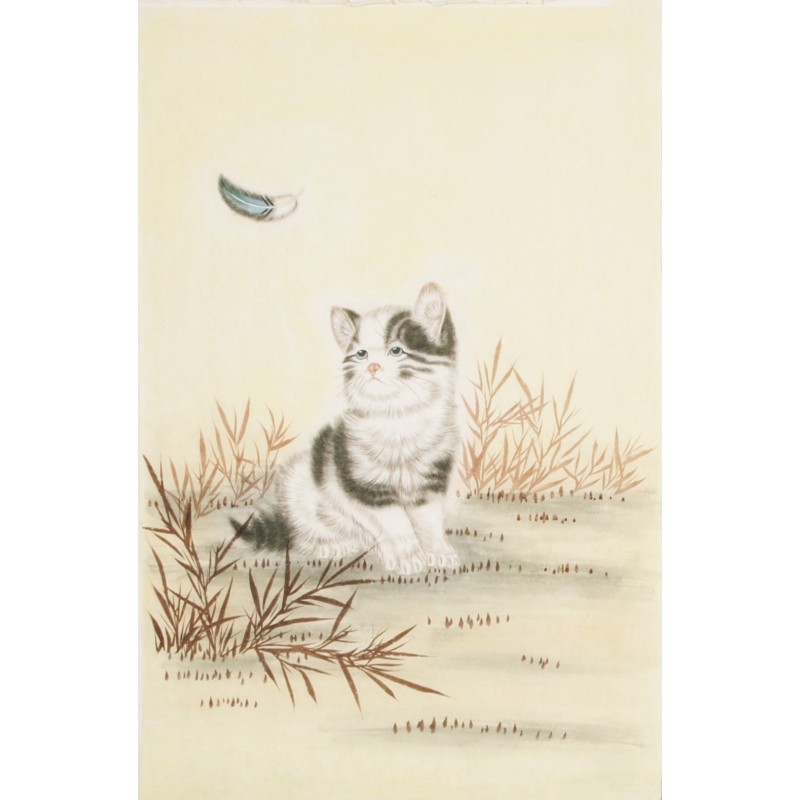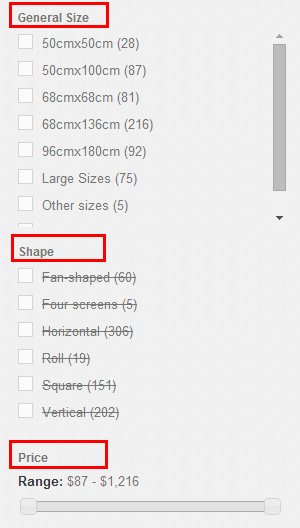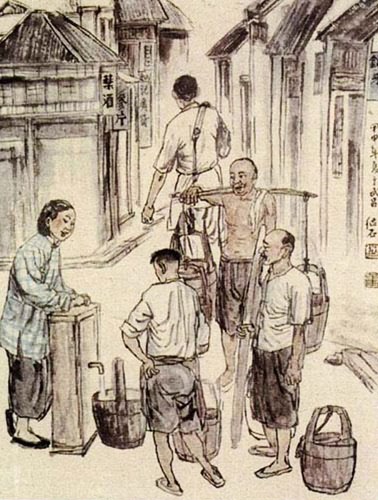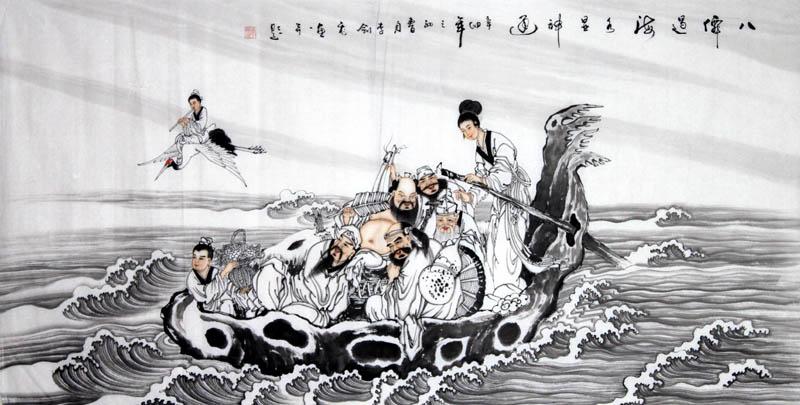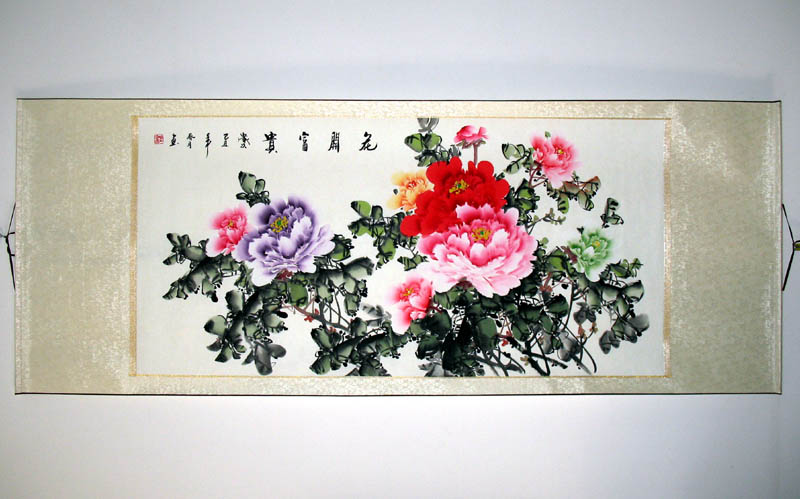During the Ming Dynasty, literati paintings were prized above academic paintings by most educated people who understood the goal of revealing the inner character of the painter and depicting of nature, man, or various objects in such ways as to communicating a sense of virtue, strength of purpose, or sensitivity towards the conditions of human life.
The most notable center for painting in the Later Middle Ming was Suzhou, where the Wu School flourished (1460-1560). Designations like “Wu School” are Chinese classifications based on the artist’s residence, style and/or social status. One of the most famous of all literati painters was Shen Zhou who stood at the beginning of the Wu tradition. Although deeply influenced by Yuan Painting, he gradually developed a style of his own that conveyed genial warmth and a sense of ease and naturalness. Wen Zhengming studied painting under Shen Zhou. He painted in many different styles during his long and productive life, and some of his paintings are influenced by painting styles which trace back to the Tang painting. The paintings of these two masters became so important that they chose to focus their entire lives on the mastery of their art, rather than pursue government careers. In the increasingly urban and educated society of the Ming, these artists actually made considerable income from their work, either in the form of cash “gifts” or of other goods “traded” for their art.
Literati circles at the highest levels often included groups of close friends and painters. Often literati painters would present paintings to friends with an invitation to write poetry and short essays on them. In this way, paintings sometimes seem to become more group expressions than mere individual expressions of the painter, capturing an essential Confucian element of society.
Three principal groups of artists were working during the Qing Dynasty. The first is that of the traditionalists , orthodox painters who sought to revitalize painting through the creative reinterpretation of past models. Outstanding among these are four artists all named Wang (Wang Shiin, Wang Jian, Wang Hui, and Wang Yuanqi. Wang Shimin and his friend Wang Jian (1598—1677) are the senior embers of this school, but they were outshone by their brilliant pupils: Wang Hui (1632—1717) and Wang Yuanqi (1642—1715).
The second group is that of the individualists, who practiced a deeply personal form of art. The most original work was done by men who refused to serve the new Qing Dynasty. One group of Ming loyalists lived in Anhui Province. These artists emulated Ni Zan (1306—1374) for his minimalist compositions and “dry-brush” painting style features that became hallmarks of the so-called Anhui School . The other main group was the Nanjing Masters , which included Gong Xian ( 1618—1689), Fan Qi (1616—1694), and Ye Xin ( 1640—73).
The third group is that of the courtiers, officials and the professional artists who served at the Qing court. Two of the most outstanding artists of the early Qing period were descendants of the Ming royal house: Zhu Da ( 1626—1705) and Zhu Ruoji ( 1642—1707), both of whom became bette known by their assumed names-Bada Shanren and Shitao . Yangzhou’s mercantile elite supported a diverse array of artists who worked in two distinct pictorial traditions. One group of artists, later known as the “Eight Eccentrics of Yangzhou ,” drew inspiration from the highly individualistic works of Shitao.








